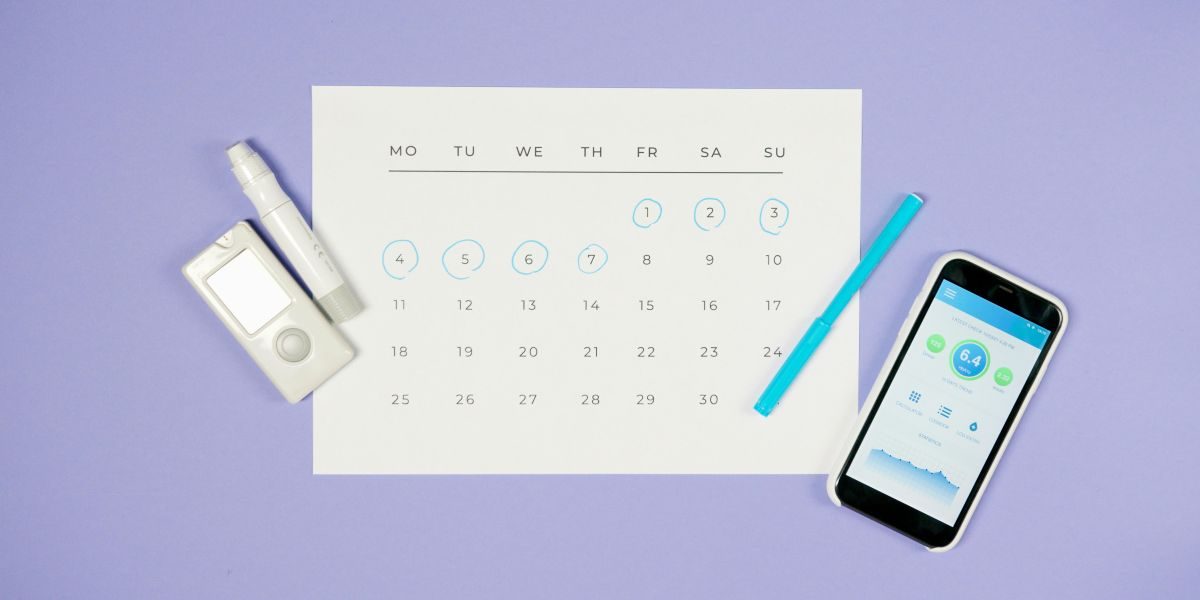By: Jacob Maslow
More and more older adults are choosing to stay in the homes they love as they age. The idea of “aging in place” is growing in popularity for a good reason: it offers comfort, familiarity, independence, and often a better overall quality of life. For many, especially those living in areas like Canada with well-developed home care services, staying at home can be a safe and realistic choice with the right support in place.
However, living independently in your senior years does come with a few challenges. Things like fall risks, medication schedules, and the need for emergency support are all valid concerns for older adults and their families. That’s where today’s health tech steps in. New tools are designed to make life easier, safer, and more connected. Whether you’re helping a loved one maintain their independence or preparing for your future, it’s worth exploring how technology can support that goal.
Let’s start with one of the most important tools available, an emergency response solution that can make a real difference in safety and peace of mind.
Emergency Response Tools
When it comes to safety at home, being prepared for an emergency is key. Falls, sudden health issues, and accidents can happen at any time, and for seniors living alone, having a way to get help quickly is critical. In the past, emergency alert systems were clunky and limited in function. Today, they’ve come a long way, offering modern features that are easy to use and highly reliable.
One valuable option is a personal medical alarm for seniors in Canada, which offers instant access to help at the press of a button, whether you’re at home or out in the community. These devices are designed specifically for older adults and offer features like fall detection, waterproof designs for bathroom safety, and GPS tracking. They connect users directly with trained operators who can assess the situation and send emergency services or notify a family member if needed.
Such technology is especially important in a country like Canada, where winters can be harsh and medical response time can vary by region. For many families, knowing their loved one can easily access help in an emergency brings peace of mind. And for seniors, it’s a confidence booster that allows them to live more independently without feeling isolated or vulnerable.
Smart Home Devices for Convenience and Comfort
Beyond safety, day-to-day comfort plays a big role in successfully aging in place. Smart home devices make it easier to manage everyday tasks without needing physical assistance. Voice-activated assistants like Alexa or Google Home can help with everything from turning off lights and adjusting the thermostat to setting medication reminders or calling family.
Smart lights and thermostats are especially helpful for seniors with limited mobility. With simple voice commands or pre-programmed schedules, you can maintain a comfortable and well-lit environment without having to move around constantly. Smart locks and video doorbells also improve home security while making it easier to manage visitors or deliveries.
These tools don’t just add convenience. They reduce physical strain and minimize the risk of injury from unnecessary movements.
Health Monitoring Tech: Managing Wellness Remotely
Staying on top of health is another key aspect of aging in place. Fortunately, there are plenty of devices available today that help seniors monitor vital signs and overall health from home. Digital blood pressure monitors, blood glucose meters, and even smartwatches can track important health data and alert you or your healthcare provider if something seems off.
Many of these tools sync with apps or health portals, making it easy to share updates with family or doctors without having to leave the house. Some systems can even send automatic alerts if readings fall outside of the normal range, allowing for early intervention before a minor issue becomes serious.
This kind of remote monitoring is especially useful for managing chronic conditions like diabetes, high blood pressure, or heart disease. It promotes better outcomes and helps seniors stay engaged in their health.
Mobility Aids with Built-In Tech
Maintaining mobility is essential to independence. Fortunately, mobility aids have also seen significant upgrades in recent years. Today’s walkers, canes, and wheelchairs come equipped with technology that offers added support and security.
For example, some walking aids now include GPS tracking and fall detection features. These additions ensure that if something goes wrong while moving about, either inside or outside the home, help is still within reach.
Wheelchairs now come with customizable settings, enhanced suspension for outdoor use, and controls that adapt to the user’s physical abilities. These improvements make getting around not only safer but also more comfortable and enjoyable.
Video Calling and Virtual Companionship Tools
Social connection is a major part of overall well-being, especially for older adults living alone. Fortunately, technology is making it easier to stay in touch. Tablets, smartphones, and smart displays now offer easy-to-use video calling options that let seniors see and talk to loved ones no matter where they are.
Some devices are even designed specifically for seniors, with simplified menus, large icons, and voice control. That makes it easier to make a call, send a message, or join a virtual family gathering.
In addition to staying in touch with family, there are virtual companionship devices that offer reminders, entertainment, and light conversation. While these don’t replace human interaction, they can help reduce feelings of loneliness and create a sense of routine and companionship.
Medication Management Technology
Managing medication correctly is one of the biggest challenges for seniors living at home. Missing doses or taking the wrong medication can lead to serious health problems. That’s why automatic pill dispensers and reminder systems have become essential tools.
Some dispensers even lock between scheduled times to prevent accidental double-dosing. Caregivers can receive alerts if doses are missed, adding an extra layer of support.
This kind of medication management technology helps seniors stick to their prescribed routines and avoid potentially dangerous mistakes without the need for constant supervision.
Summary
Aging in place is more than just staying home. It’s about maintaining your independence, dignity, and peace of mind. With the right tools, you can live confidently in your own space while staying connected to the support you need. Whether you’re looking for emergency assistance, health monitoring, home automation, or ways to stay social, today’s technology offers practical solutions that are easy to use and widely accessible. The best part? You don’t have to be tech-savvy to benefit. Most devices are designed to be simple, intuitive, and user-friendly.
As you or your loved ones prepare to embrace this next chapter, remember that aging in place doesn’t mean doing it all alone. With the help of these health tech innovations, living safely and comfortably at home is more achievable than ever.
Published by Jeremy S.

















